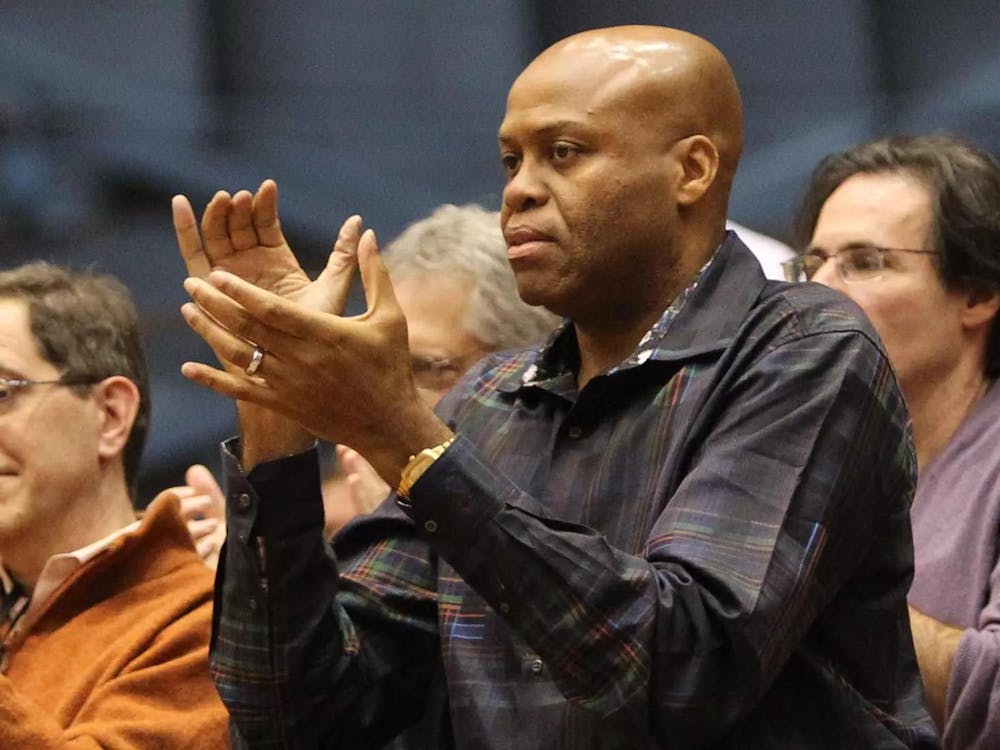A recent survey conducted by the American Association for the Advancement of Science indicated that there is still a large salary gap between men and women in the life sciences.
The survey found that women employed full time in life sciences earn an average of $72,000 a year, 23 percent less than their male counterparts, who earn an average of $94,000 a year. The survey also found that among full professors who rated themselves as being at the "peak" of their careers, women earn 14 percent less than men, even when the size and prominence of the university is taken into account.
"The gender gap surprised me," said Renuka Chander, the research manager in the A.A.A.S. membership and meetings office, who conducted the survey. "It wasn't the intention of the survey to find a gender gap."
The survey was sent to all 19,000 members of the association and was completed by 8,800 of them. Chander said that at least 21 surveys were sent to Princeton faculty members. Because participants completed the survey anonymously, it is not clear how many of them responded.
Shirley Malcolm, the director of education and human resources for A.A.A.S., said that all surveys that have compared salaries of men and women in this field have found a disparity. "I was disappointed but not particularly surprised," she said.
However, she added, "Given the level of participation by women in life sciences, you would hope . . . that there wouldn't be any difference at all."
Elizabeth Gavis, an associate professor in the University's molecular biology department, said that though she was not surprised by the survey's findings, she has never felt that she was treated differently because of her gender.
"I've never seen any sign of [gender discrimination] here at Princeton," she said.
Some people have claimed that the reason for the disparity in pay is the "pipeline" problem, the explanation that the pay gap still exists because there has not been enough time for women to reach the senior ranks.
President Tilghman said she disagrees with this theory.
"Although the study members attributed the discrepancy to the 'pipeline' problem, there is ample evidence that this is not the cause," Tilghman said.
She added that the administration conducted a preliminary examination of salaries this past spring and "found no obvious discrepancies at the faculty level." However, she has made efforts to address the issue of gender equity in the sciences, such as creating the "President's Task Force on the Status of Women in the Natural Sciences and Engineering." This committee of 10 faculty members and one administrator, chaired by molecular biology professor Virginia Zakian, held its first meeting yesterday.

The task force was created partly as a result of a meeting of university presidents at the Massachusetts Institute of Technology last May, according to Zakian. "Out of [the conference] came an agreement that each institution would do something to address the status of women," she said.
Tilghman said this agreement was not the only reason for the creation of the task force.
"The participation of women faculty in science and engineering is well below what would be expected based on Ph.D. production over the last 25 years," she said. "This suggests that there are barriers to their full participation, and I would like to see those barriers lowered at Princeton."
Tilghman added that, in addition to salary issues, the task force will examine "participation as well as treatment in other areas," including laboratory space and teaching load.







